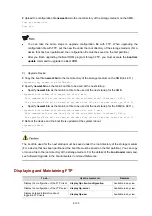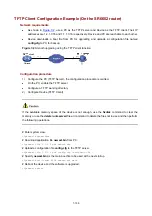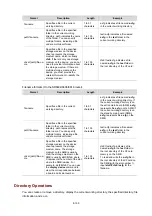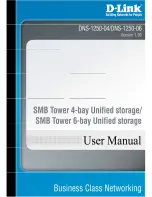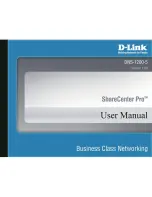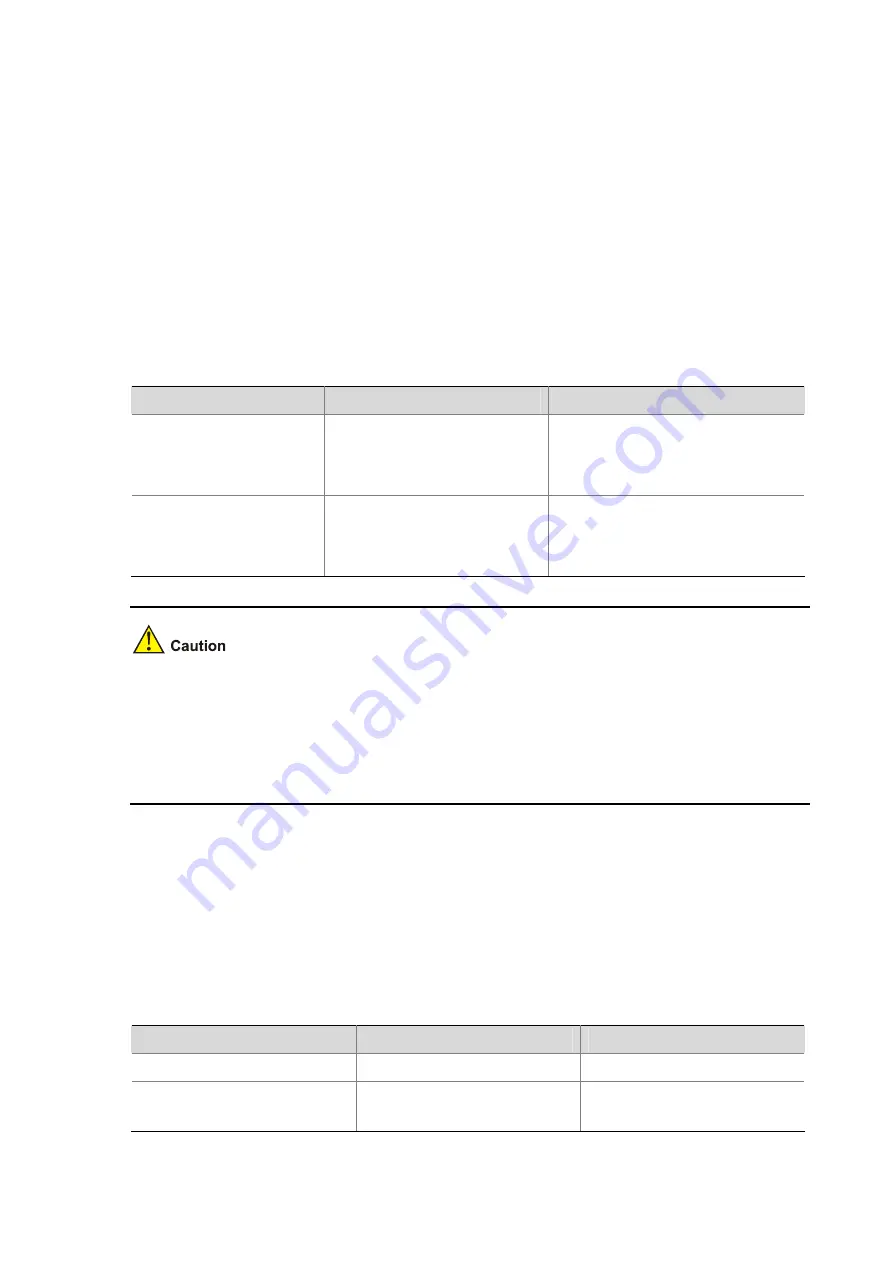
8-114
Mounting/Unmounting a Storage Medium
For a hot swappable storage medium, such as a CF card, you can use the
mount
and
umount
command to mount or unmount it.
z
By default, a storage medium is automatically mounted when connected to the device. However,
when a storage medium is connected to a lower version system, the system cannot recognize the
storage medium. To perform read and write operations to the storage medium, you must mount it.
z
An unmounted device is in the disconnected state, and can be removed safely. If you plug out a
storage medium without unmounting it, files on the storage medium or even the storage medium
may be damaged.
z
An unmounted storage medium can be used only when it is mounted again.
Follow a step below to mount or unmount a storage medium:
To do…
Use the command…
Remarks
Mount a storage medium
mount device
Optional
By default, a storage medium is
automatically mounted and in mounted
state when connected to the system.
Unmount a storage medium
umount
device
Optional
By default, a storage medium is
automatically mounted and in mounted
state when connected to the system.
z
When mounting or unmounting a storage medium, or performing file operations on it, do not unplug
or switchover the storage medium or the card where the storage medium resides. Otherwise, the
file system could be damaged.
z
Before removing a mounted storage medium from the system, unmount it to avoid damaging the
storage medium.
Setting Prompt Modes
The system provides the following two prompt modes:
z
alert
: In this mode, the system warns you about operations that may bring undesirable
consequences such as file corruption or data loss.
z
quiet
: In this mode, the system does not prompt confirmation for any operation.
To prevent undesirable consequence resulting from misoperations, the
alert
mode is preferred.
To do…
Use the command…
Remarks
Enter system view
system-view
—
Set the operation prompt mode of
the file system
file prompt
{
alert
|
quiet
}
Optional
The default is
alert
.

